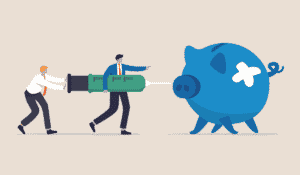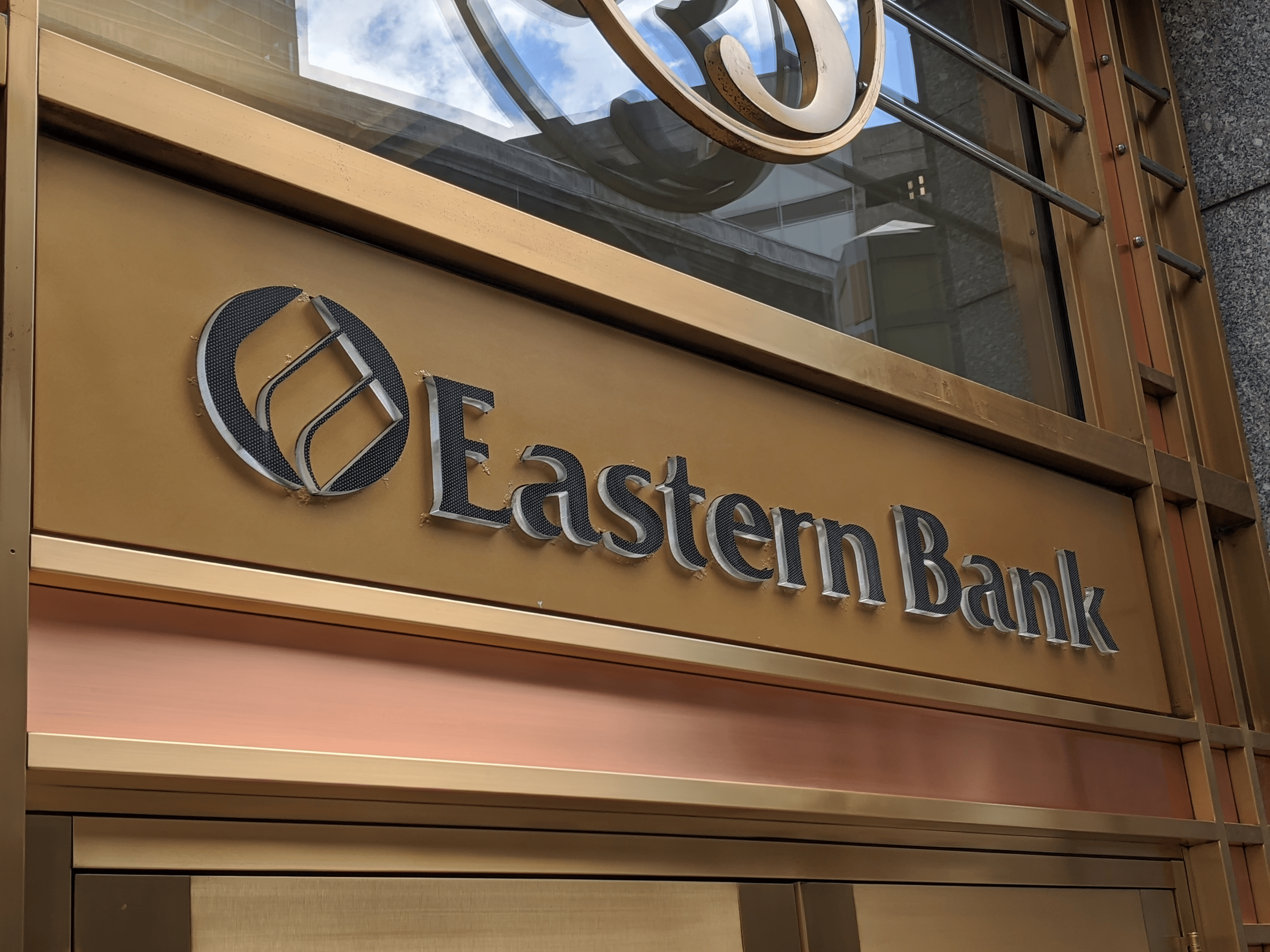The COVID-19 aid bill passed by Congress on Monday will allow small businesses hit hardest by the pandemic to take a second Paycheck Protection Program loan.
The “second draw PPP loan” is one of several PPP provisions included in the bill, which awaits the signature of President Donald Trump. Small businesses that did not already take a PPP loan will also get another chance to receive funds.
The bill extends a simplified forgiveness process to loans under $150,000. The new process will require the U.S. Small Business Administration to create a one-page form for borrowers to certify the number of employees retained because of the loan, the estimated total amount of the loan spent on payroll costs and the total loan amount.
The U.S. Small Business Administration and Treasury Department in October had created a similar process for borrowers with loans under $50,000.
The new round of PPP lasts until March 31. For businesses taking either initial or second draw loans, the bill clarifies that they must have been in operation on Feb. 15, 2020.
Second draw loans will have a maximum loan amount of $2 million, and only employers with no more than 300 employees will be eligible. Initial PPP loans had maximum amounts of $10 million and were available to employers with up to 500 employees.
To be eligible for the second draw loan, the small business must have used or plan to use the full amount of their first PPP loan. These businesses also must demonstrate reduced revenue during the pandemic.
According to the bill, the business must show at least a 25 percent reduction in gross receipts in the first, second, or third quarter of 2020 compared to the same 2019 quarter. The bill provided guidelines for businesses that were not in operation for all or part of 2019. After Jan. 1, businesses can also use fourth quarter receipts.
In addition to small businesses, the second draw loans are open to certain nonprofit organizations, housing cooperatives, veterans organizations, tribal businesses, self-employed individuals, sole proprietors, independent contractors and small agricultural co-operatives. Churches and religious organizations are eligible for a second loan, while entities involved in political or lobbying activities are not.
The bill also allows borrowers to choose the time frame the loan will cover, anywhere between 8 and 24 weeks after the loan origination. The business owner must still use at least 60 percent of the loan on payroll costs to receive full forgiveness.
The expenses that can be covered by PPP funds have expanded to include software, cloud computing, and other human resources and accounting needs; property damage from public disturbances that occurred during 2020 that are not covered by insurance; certain supplies or goods essential to the operations; and personal protective equipment and other measures taken to comply with government health and safety guidelines.
This new round of PPP will have $284.45 billion for loans. Of that amount, $15 billion will be set aside for community financial institutions, including CDFIs and MDIs, and another $15 billion will be set aside for small depository institutions.
The bill also sets aside $35 billion for first-time borrowers, with $15 billion for first-time borrowers with 10 or fewer employees or loans less than $250,000 in low-income areas. For businesses taking a second loan, $25 billion has been set aside for borrowers with 10 or fewer employees or loans less than $250,000 in low-income areas.
The bill allows the SBA Administrator to adjust the set-asides as necessary after 25 days. The bill extends the program until March 31.
The bill also includes:
- A requirement that the SBA administrator releases guidance to lenders within 17 days of enactment regarding borrowers who returned all or part of their PPP loan being allowed to reapply for the maximum amount applicable, so long that they have not received forgiveness.
- A provision that allows borrowers whose loan calculations have increased due to changes in interim final rules to work with lenders to modify their loan.
- Clarification that tax deductions are allowed for otherwise deductible expenses paid with the proceeds of a PPP loan that is forgiven. This provision applies to loans already taken and second draw PPP loans.
- A hold harmless provision that a lender can rely on any certification or documentation submitted by a borrower for an initial or second draw PPP loan and that no enforcement action may be taken against the lender if the lender acted in good faith relating to loan origination or forgiveness and all relevant federal, state, local and other statutory and regulatory requirements were met.









